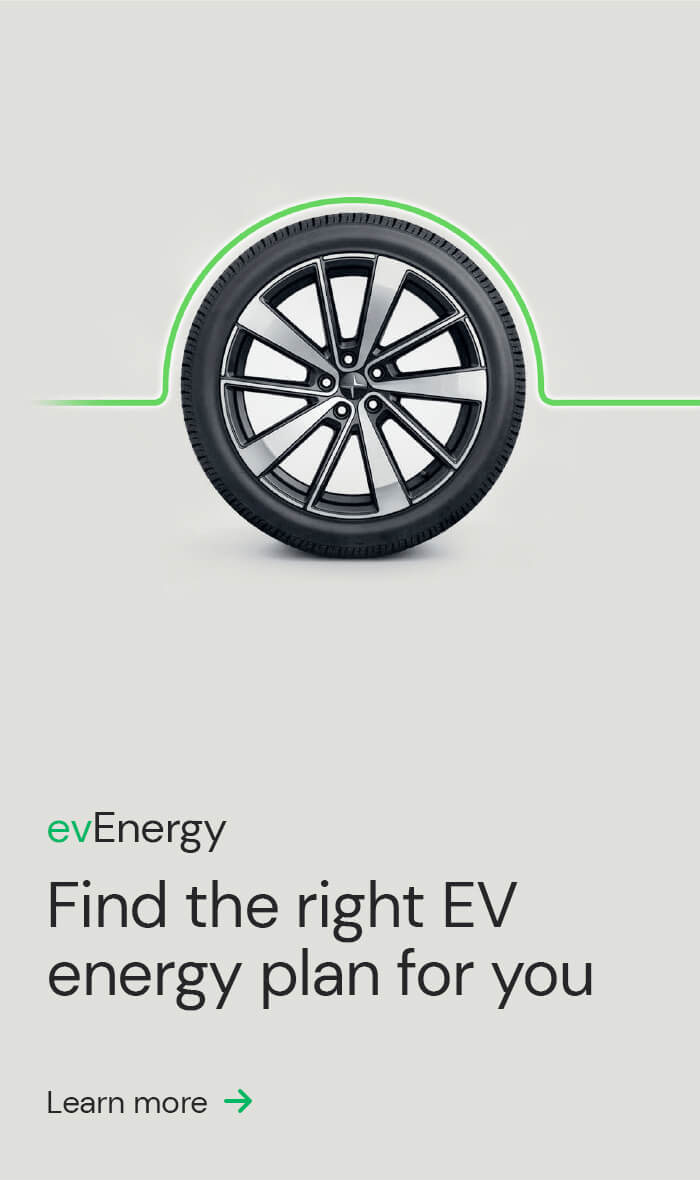While electric vehicles produce less emissions than petrol or diesel cars, the batteries that power them has been a hot topic. Made predominantly with carbon and lithium, EV batteries can account for up to 60% of the car’s total production greenhouse gas emissions, according to research by McKinsey & Company.
The good news is that battery technology is progressing at a lightning-fast rate and EV batteries are becoming cleaner and greener each year. According to data from Sweden, an electric car battery’s carbon footprint is now two to three times lower than it was back in 2017. Let’s look at the innovations in battery technology to explore how they’re becoming more environmentally sustainable.
Improved manufacturing processes
EV batteries are made from minerals like lithium, nickel, cobalt, manganese and graphite. Mining and refining these raw materials can account for around 25% of the total emissions generated during battery production, according to McKinsey & Company.
Battery manufacturers are increasingly focusing on using sustainable and environmentally friendly materials.
Additionally, many battery manufacturing facilities are transitioning to renewable energy sources such as wind, solar and hydropower to power their factories, thereby significantly reducing the emissions associated with battery production.
Better end-of-life solutions
As more EVs hit the road, there is a growing need for sustainable end-of-life battery solutions. Manufacturers, in partnership with recycling companies, are developing efficient methods for recycling and repurposing retired EV batteries, which reduces waste and provides a source of valuable materials for new batteries.
According to the RAC, EV batteries are up to 97% recyclable and homegrown recycling initiatives like Australia’s biggest battery recycler, Ecobatt, recover around 90% of all battery materials.
Eco-friendly battery chemistry
Typical EV batteries feature what’s known as Nickel Manganese Cobalt chemistry (NMC). New alternatives like sodium-ion and solid-state batteries are on the rise and have the potential to improve the battery’s energy density.
A higher energy density means the battery can store more energy for the same physical size or weight. As a result, EVs equipped with such batteries can drive further on a single charge, reducing the need for frequent recharging, which sometimes relies on electricity generated from fossil fuels.
Nissan and Toyota are at the forefront of the solid-state EV battery revolution. Requiring significantly less lithium than current-gen batteries, solid-state batteries have the potential to reduce the reliance on critical raw materials while also offering an increased range, faster charging times and longer lifespan.
Summary
- According to data from Sweden, an electric car battery’s carbon footprint is now two to three times lower than it was back in 2017.
- Battery manufacturers are increasingly focusing on sourcing sustainable materials for batteries and transitioning to renewable energy to power their operations.
- EV batteries are up to 97% recyclable, and Australia’s biggest battery recycler, Ecobatt, recovers around 90% of all battery materials.
- Battery chemistry alternatives to typical Li-ion batteries include sodium-ion and solid-state batteries. These can drive further on a single charge, increasing the life of the battery and reducing the reliance on critical raw materials.
Are you considering making the switch to an electric vehicle? ActewAGL can help you effortlessly find, finance and charge your EV. Discover how ActewAGL can support your transition to sustainable driving today. Find out more here.
Sources
https://rac.com.au/car-motoring/info/ev-battery-recycling
https://www.iea.org/reports/global-ev-outlook-2023/trends-in-batteries
https://energyx.com/blog/where-do-electric-vehicle-ev-batteries-come-from/



